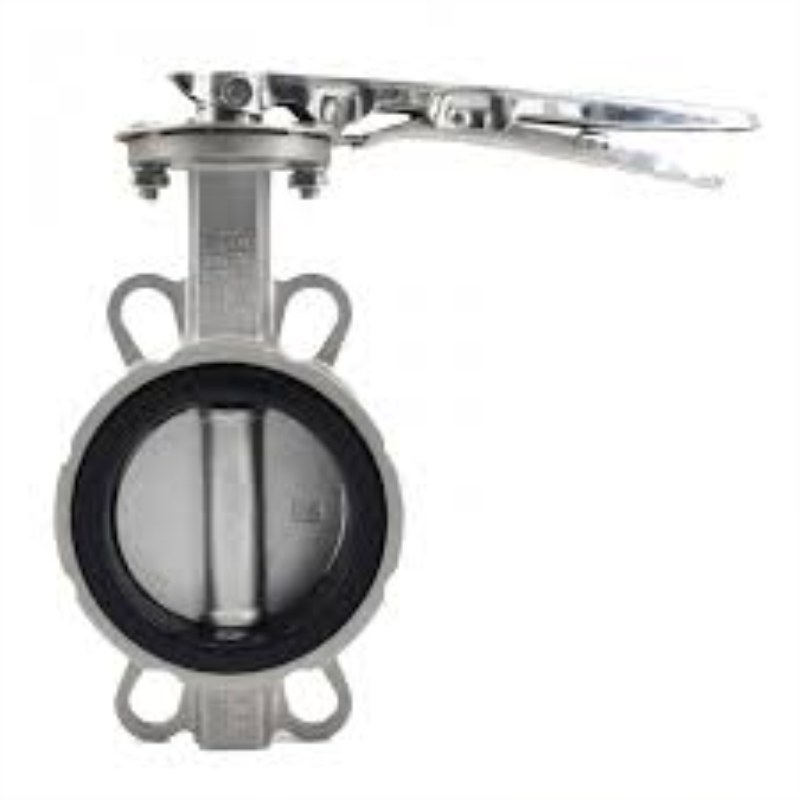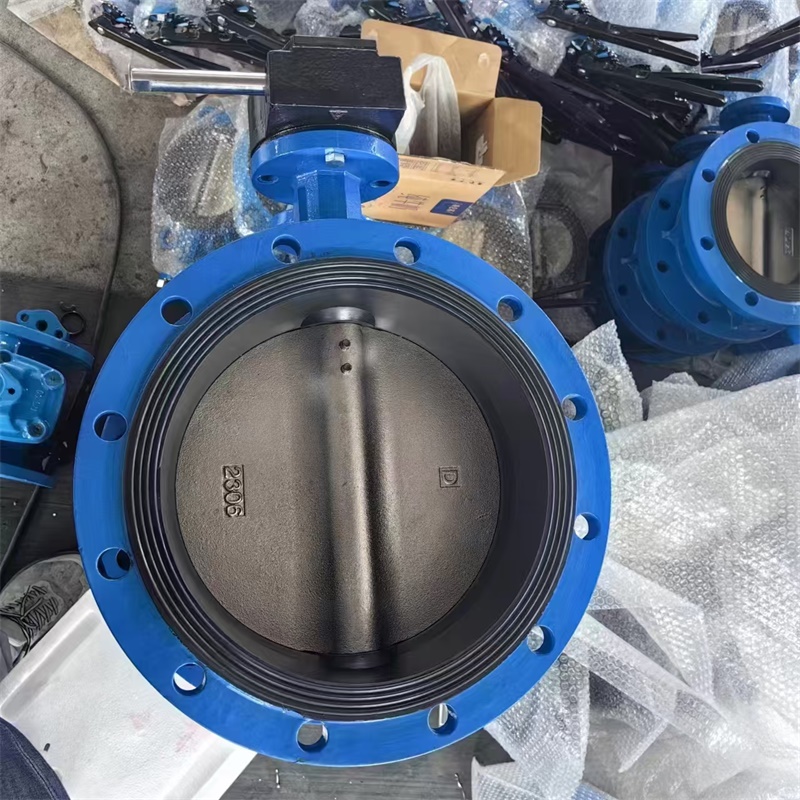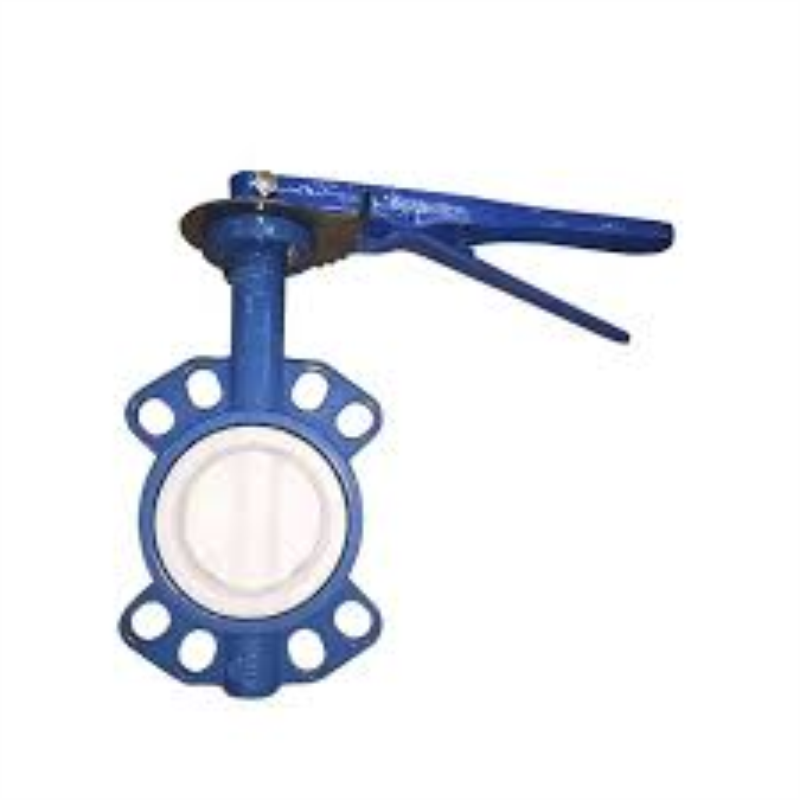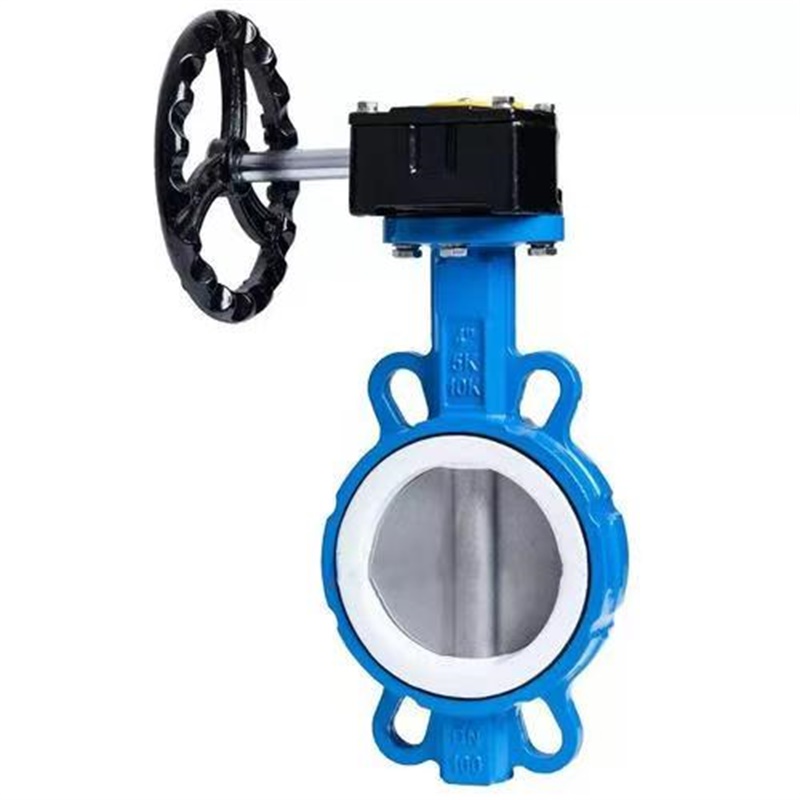Wafer-type butterfly valve is a butterfly valve with a wafer connection. Its driving form can be directly installed with a handle or turbine device to operate the valve, which is also called a manual wafer-type butterfly valve. In addition, it can also be equipped with an electric or pneumatic device to control the valve, which is called an electric or pneumatic wafer-type butterfly valve. The applicable medium of the wafer-type butterfly valve is mainly related to the sealing surface of the butterfly valve. The wafer-type butterfly valve has different installation sealing surfaces. There are two types of soft-sealed butterfly valves and hard-sealed butterfly valves. Different sealing surface materials will result in different applicable media for the two-type butterfly valves.

The EPDM and PTFE sealing surfaces are soft-sealed wafer-type butterfly valves. The most common sealing surface materials are nitrile rubber, ethylene and other materials.

The advantages of nitrile rubber are good oil resistance, wear resistance, heat resistance, and strong adhesion: the disadvantages are low temperature resistance, poor royal oxygen resistance, poor insulation performance, and slightly low elasticity. Therefore, the applicable medium for the wafer-type butterfly valve made of nitrile is oil.

The advantages of EPDM rubber are resistance to oxygen, heat and aging. It is currently widely used in construction, power generation, water conservancy and other fields. The wafer-type butterfly valve made of EPDM is suitable for media such as water and steam and other acidic and alkaline media.

The advantages of polytetrafluoroethylene are acid and alkali resistance, as well as resistance to various organic solvents; it is currently widely used in chemical, petrochemical, oil refining, chemical fiber, non-ferrous smelting and other fields. The medium suitable for the wafer-type butterfly valve made of polytetrafluoroethylene is somewhat corrosive.

Due to the limitation of sealing materials, wafer-type soft-sealed butterfly valves are not suitable for industries requiring high temperature resistance, high pressure resistance, corrosion resistance, and wear resistance.

The sealing surface of the wafer-type butterfly valve is a hard seal, and the sealing surface material is usually metal. Wafer-type hard seal butterfly valves are usually suitable for high temperature and high pressure environments, and are suitable for high temperature, high pressure, and highly corrosive media. The service life is also longer than that of wafer-type soft seal butterfly valves.
The above is an introduction to the applicable media of wafer-type butterfly valves. In summary, the applicable media of wafer-type butterfly valves depends on the material of its sealing surface. Different sealing surface materials are selected according to different working conditions to correspond to the media in the pipeline.
